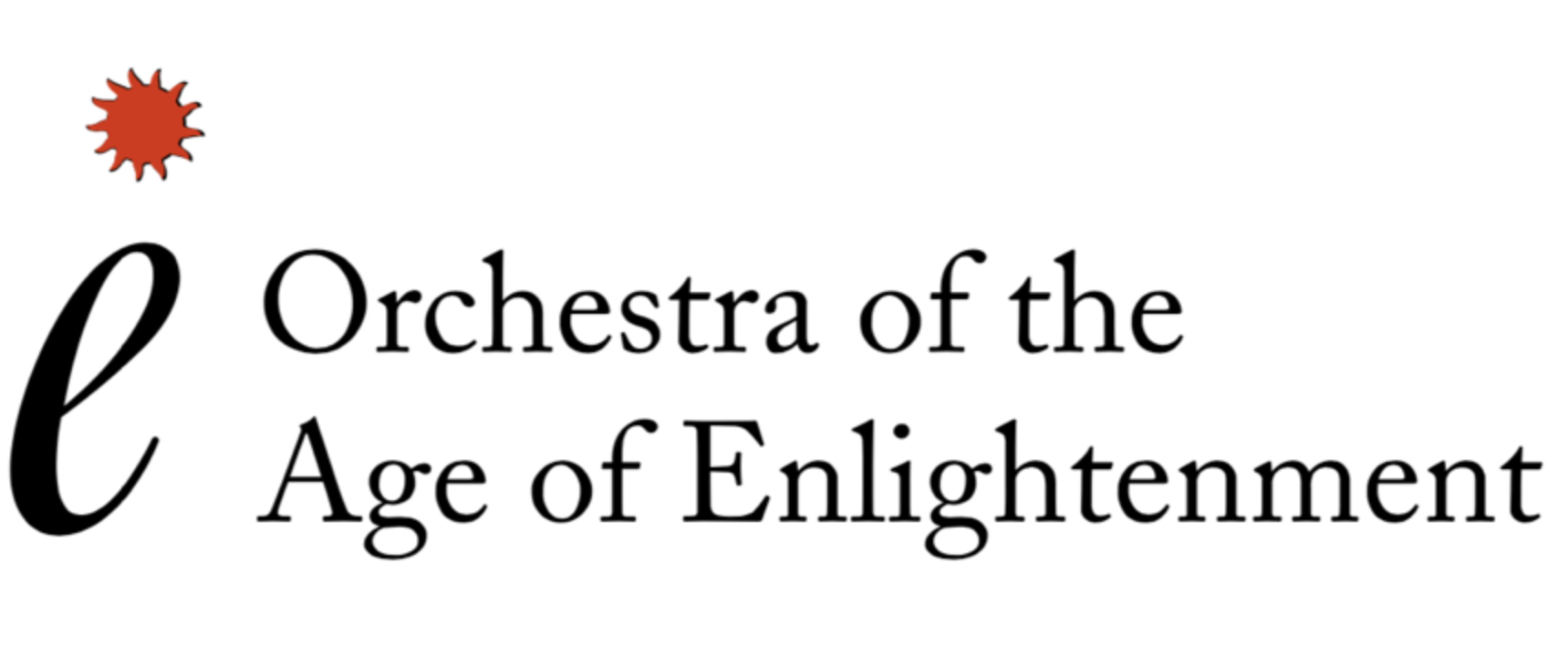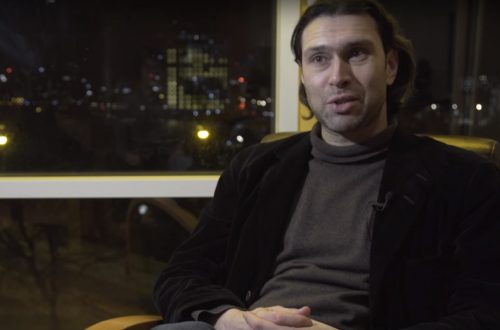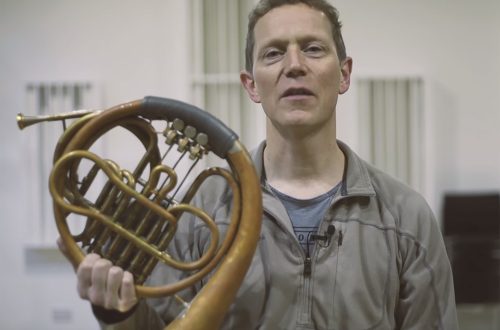Why I Love Mahler’s Second Symphony 9 August 2019

"Mahler wears his heart on his sleeve and certainly intends to let the world know it."
When I was eighteen years old, I was invited to join a chorus to sing Mahler’s Second Symphony at the BBC Proms. At this point, I had no idea who Mahler was and I didn’t really see what the big fuss was about – he’s just another 19th-Century composer who wrote some symphonies, right?
Wrong.
I swiftly realised after the first rehearsal that, to put it bluntly, Mahler is awesome. Obviously I don’t expect everyone to agree with me on this, but there is certainly good reason that Mahler’s symphonies, especially his triumphant Second, have become some of the best loved and most frequently performed symphonies in concert halls around the world today.
But what is it about Mahler 2 that has made such an impression on audiences across the world? My personal answer to that question would have to be the Finale. The last four minutes of the Second are undoubtedly some of the most awe-inspiring minutes of music Mahler ever composed, or in my opinion, that have ever been composed. It never fails to send chills down my spine, and every hair stands on end when I hear the singers chime in with the famous chorus, achieving the glory and splendour of transcendence, redemption, and resurrection. Even Mahler seems to agree as he commented, ‘The increasing tension, working up to the final climax, is so tremendous that I don’t know myself, now that it is over, how I ever came to write it.’
His music is not for everyone – Mahler wears his heart on his sleeve and certainly intends to let the world know it in this symphony. But, between moments of vast anguish, hair-raising ‘death-shrieks,’ haunting bird calls, and bold brass both on and offstage, Mahler creates moments of utter beauty and transcendence. Brass chorales ring out, delicate harp and string moments chime through the chaos, and the alto solo of the fourth movement descends as a ray of hope and tranquillity into the piece restoring harmony before Mahler throws us into the world of the apocalyptic finale. And it is here in this contrast between delicate melodic beauty and heart-wrenchingly vibrant and exciting passages, that Mahler’s compositional genius for me comes to the fore.
For those of you who are new to this piece and perhaps new to Mahler, I can guarantee that this symphony will take you on a journey, and Mahler grabs our attention right from the time that the first bow hits the strings in the opening Totenfeier [funeral rites]. It is the piece that encouraged me to pursue a career analysing Mahler’s music, it is the work that I turn to when I’m in need of inspiration, and for me it encompasses all that I could ever hope for in a musical work.



